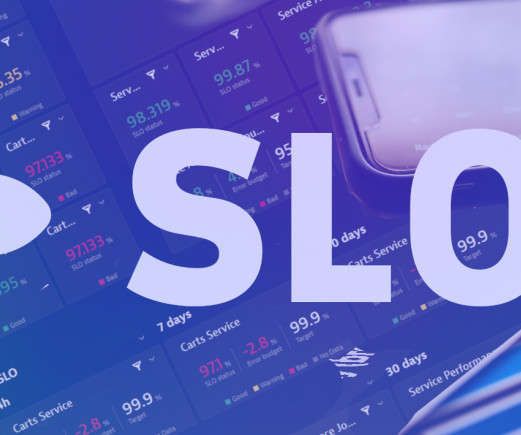Site reliability done right: 5 SRE best practices that deliver on business objectives
Dynatrace
MAY 31, 2023
Aligning site reliability goals with business objectives Because of this, SRE best practices align objectives with business outcomes. At the lowest level, SLIs provide a view of service availability, latency, performance, and capacity across systems.





























Let's personalize your content